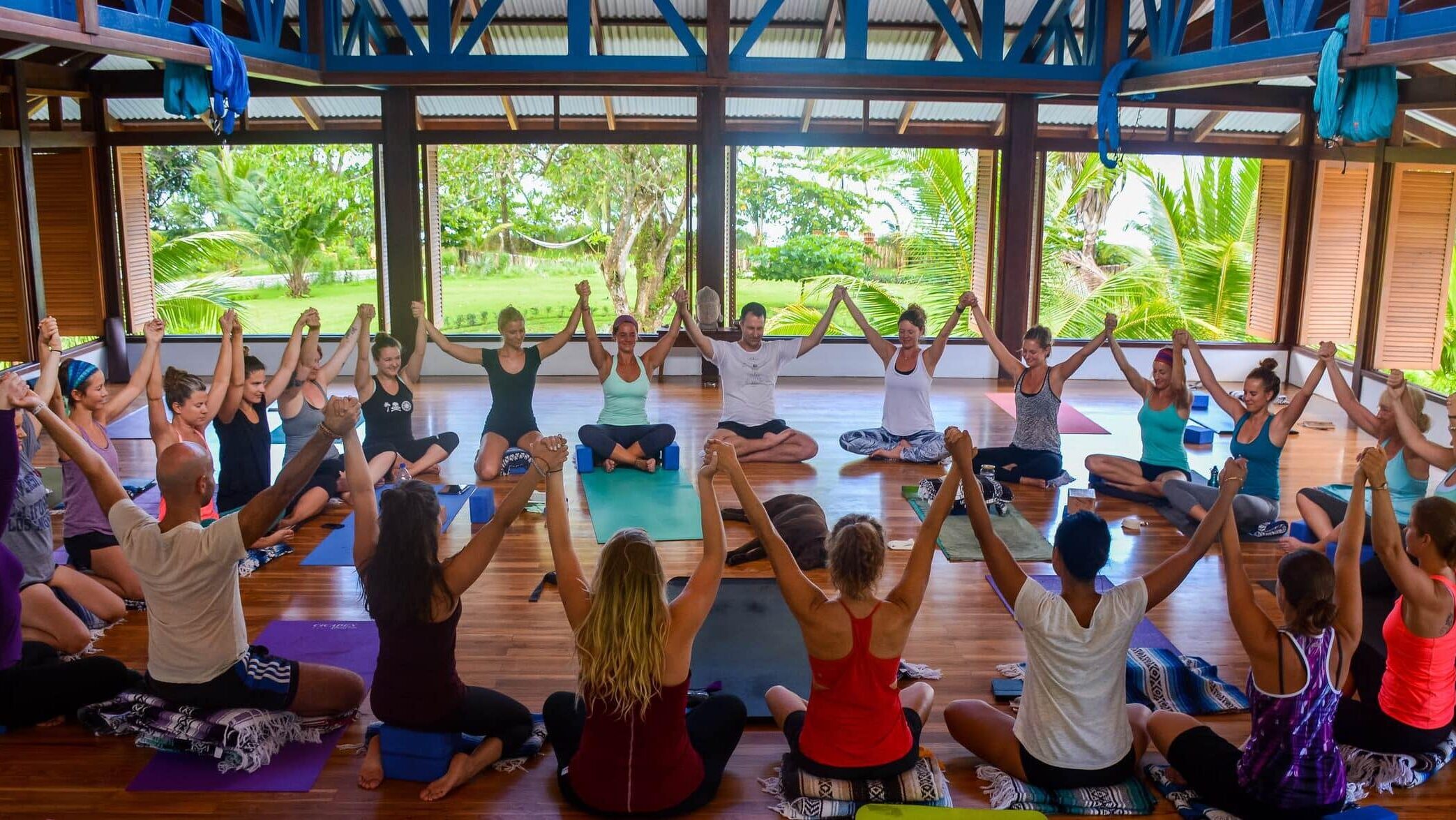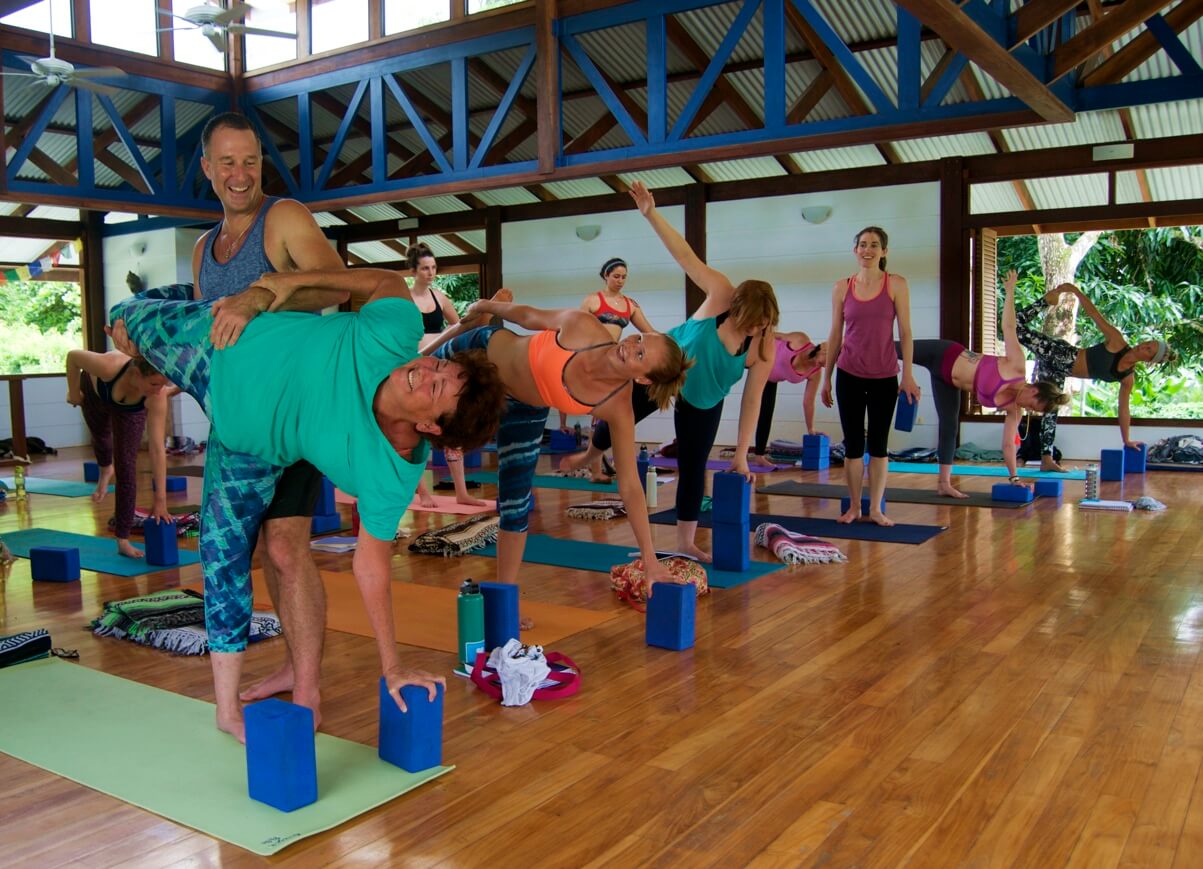Pack your bags and get out there. It’s you against the world, and you’ve got this.
10. It’s Dangerous
This is the one you’ll hear the most, especially if you’re a woman. You’ll probably think it a lot as well.
The truth is, the world is not as dangerous as you think it is. It’s actually safer now than it ever has been before, and there’s data to prove it.
Ignorance breeds fear, and it’s our lack of knowledge about other countries combined with media that is overwhelmingly based on fear is what makes us assume they’re inherently dangerous. But first-hand experience shows you how silly that assumption is.
In fact, according to the global peace index, 102 countries are safer than the United States, including everywhere from Ghana to Italy to Costa Rica.
That’s right, often times travel is safer than staying at home.
As long as you stay smart, you will be safe. You’ll also come to find you’re a lot braver than you think.
9. You’ll Be Lonely
Other people might not be saying this to you, but I’d be willing to bet you’re saying it to yourself. A lot.
I’m not going to lie to you. You WILL get lonely traveling alone.
But you will learn and grow from that loneliness, infinitely more than you can from the more insipid kind of loneliness you probably feel sometimes in your own home.
That’s because while feeling alone at home can feel more like an empty black hole that never ends, and it can make you feel pathetic, feeling alone in a foreign place often feels more normal, and like a challenge.
Everyone who’s traveling solo is alone, and they all feel the same way. So, you’re not alone.
Set an intention for yourself: can you learn to feel good in your own skin, without anyone else around to help you?
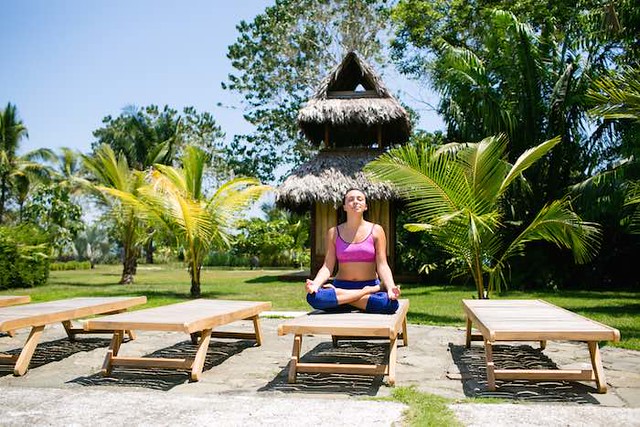
The answer is yes, you can.
You can also do your research, read reviews, and find places that have built-in communities so that you feel at home while you travel.
8. You Won’t Make Any Friends
This was my number one fear, by far, as I said goodbye to my dear friends back home.
My fear was increased by the fact that I haven’t always been the most social person. In college, I was a mega-introvert who barely made a single friend.
But you know what happened when I traveled?
The opposite of what I feared.
Through travel, I’ve learned to love meeting new people, and I feel so much more comfortable in social situations now that I’ve even been called the “life of the party” once or twice, something I would have never believed 5 years ago.
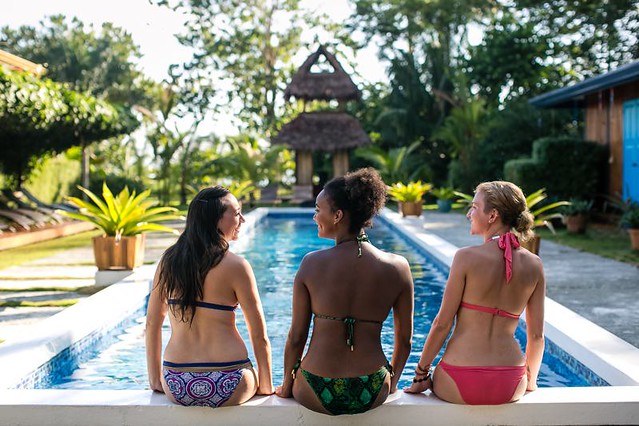
Traveling solo is actually the easiest way to make friends. All those other travelers feel the same way – they can relate to you, and they also want to make friends. You learn pretty quickly that while seeing new sights and trying new foods is amazing, the people you inevitably meet will be the best part of your trip.
Just be careful, because this kind of disposition makes you particularly vulnerable to the most dangerous thing on earth – falling in love.
7. It Gets Boring
Exhausting? Yes. Boring? Not really.
I mean sure, every once in a while, maybe.
But travel is hectic and stressful. You’re probably going to be too busy figuring out where you are to get bored. And once you hit your destination and slow down a bit, there will be way too much to do and see to get bored.
6. You Eat Alone All The Time
Again. You will make friends.
But you will eat alone sometimes. Maybe a lot of the time. And…so what?
Once you’ve learned to dine alone and not just tolerate it, but enjoy it, you’ve really learned to enjoy your own company.
Plus, you can stay in a place with on-site, farm-to-table style communal dining, where you get to eat delicious food amongst the company of others. It’s a great way to try new ingredients and meet new people.

5. You Have To Plan Everything And Make All The Decisions
True.
What are you going to do today? Whatever the hell you want to do.
Where are you going to go next week? Wherever your little heart desires.
Are you kidding me? THIS IS THE BEST PART OF SOLO TRAVEL!
The best way to get to know a place is on your own, because you get to take the reigns and actively explore it. Doing it all by yourself will give you unshakable confidence.
4. It’s More Expensive
This one is hard to get around.
Splitting hotel rooms with someone can save you money. However, a lot of hotels abroad charge per person anyway, so two people split isn’t actually that much cheaper than one flying solo.
You can make up for these small losses with the fact that you’re budgeting for one.
Just as you can do whatever you want when you travel solo, you can spend however you want as well. This means no more awkward, stressful moments of others wanting to do things you can’t afford and no more being pressured to pay for a nice place when you’d rather bum it somewhere cheaper.
Conversely, if you’re wanting to treat yo’self for a night at a luxe resort, you don’t have anyone else’s lower budget holding you back.
3. You’ll Have A Photo Album Filled With Selfies
That’s right, no one to take pictures of you in front of your favorite travel backdrops. So, you know what you do?
Let go of your shame, get yourself a selfie stick, and take some of the most badass selfies your friends will ever see. OWN that selfie game and show the world how much you rock solo!
Besides, see #8. You’ll find people to take photos with.
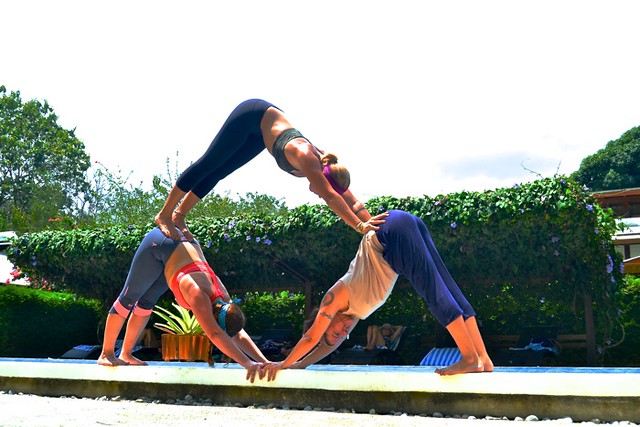
2. You Will Question Every Aspect Of Your Life
This one will happen if you’re gone long enough.
The fact is, having friends around constantly means frequent chatter to drown out the chatter of your own mind. But is that a good thing?
Without a lot of solo time away from home, you’re bound to get introspective and feel confused about life and where you’re headed.
And then, you’ll either find the answers you were looking for, or you’ll realize that the questions really weren’t all that important. This is the breakthrough you need, and being alone is the best way to find it.
1. There’s Nobody To Watch Your Bags For You While You Pee
Really? SERIOUSLY?
Now you’re just making up excuses for yourself.
Stop it! Stop trying to come up with all the reasons you shouldn’t travel solo.
Because if you’re still reading this, if you even clicked on this to begin with…it’s obvious that deep down in your heart, something is calling to you.
Listen to it.
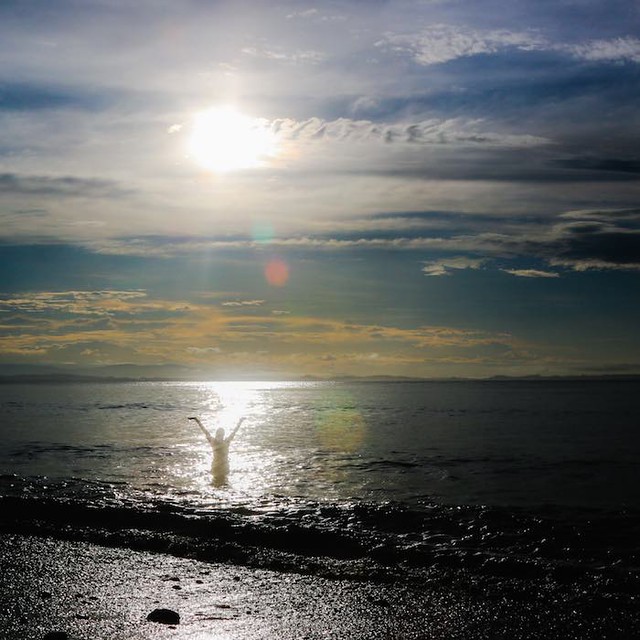
Thinking about planning a solo travel trip? Read our tips and tricks for solo travel in Costa Rica. These apply everywhere, but Costa Rica is one of the best countries to visit as a single person.
About The Author
 Elizabeth Aldrich is a lifelong traveler and freelance writer specializing in arts and entertainment, travel and lifestyle, and finance and business writing. She’s written for outlets as varied as Rawckus Music & Arts Magazine, Credit Karma, Sweden Tips, and Engadget. Elizabeth has a knack (read: obsession) for finding the best deals, travel hacks, and hidden gems everywhere she goes, which she blogs about at Temporary Provisions. You can find her playing the urban romantic in NYC, downing Stumptown coffee in her hometown of Portland, OR, or retreating from the madness in the rain forests of Costa Rica. To see more of her work, visit her at www.elizabethaldrich.com.
Elizabeth Aldrich is a lifelong traveler and freelance writer specializing in arts and entertainment, travel and lifestyle, and finance and business writing. She’s written for outlets as varied as Rawckus Music & Arts Magazine, Credit Karma, Sweden Tips, and Engadget. Elizabeth has a knack (read: obsession) for finding the best deals, travel hacks, and hidden gems everywhere she goes, which she blogs about at Temporary Provisions. You can find her playing the urban romantic in NYC, downing Stumptown coffee in her hometown of Portland, OR, or retreating from the madness in the rain forests of Costa Rica. To see more of her work, visit her at www.elizabethaldrich.com.
Tags: travel
Book/Inquire Now
Got pain? This will help you!
YOU DESERVE TO LIVE PAIN-FREE...
Receive 7 short, simple, and effective practices to alleviate knee, hip, low back, neck, shoulder pain, and more!
All you need is 5 minutes per lesson and it's FREE!
This revolutionary approach to yoga is new, and no one else is teaching this! Since I created Applied Yoga Anatomy + Muscle Activation™ and started teaching it consistently, I've witnessed students heal long-standing injuries, access yoga postures they never thought possible, and tell me over and over again how their body just feels better.
I hope you'll join me on this journey!
~Yogi Aaron
Is Yoga Teacher Training Right For Me?
We Created This FREE 5 Part Series So You Can Get All The Information To Make The Right Choice.
In this series, you will learn:
-
- Am I a candidate for yoga teacher training??
-
- What will I learn in a YTT?
-
- Do I need to have a perfect downward dog to attend YTT?
14-Day 200-Hour Yoga Teacher Training in Costa Rica
If you are looking for a 14-day 200 hour Yoga Teacher Training Costa Rica Immersion, you have landed in the right place. Join the next one!
300-Hour, 28-Day Yoga Teacher Training
Do You Feel Called To Something Greater?
This 300-Hour Yoga Teacher Training immersion training at Blue Osa will immerse you in yoga for one month.
You will have the specific transformational skills and yogic practices you need in order to connect with your higher purpose.
And more! You will be able to offer these transformative skills to others!



